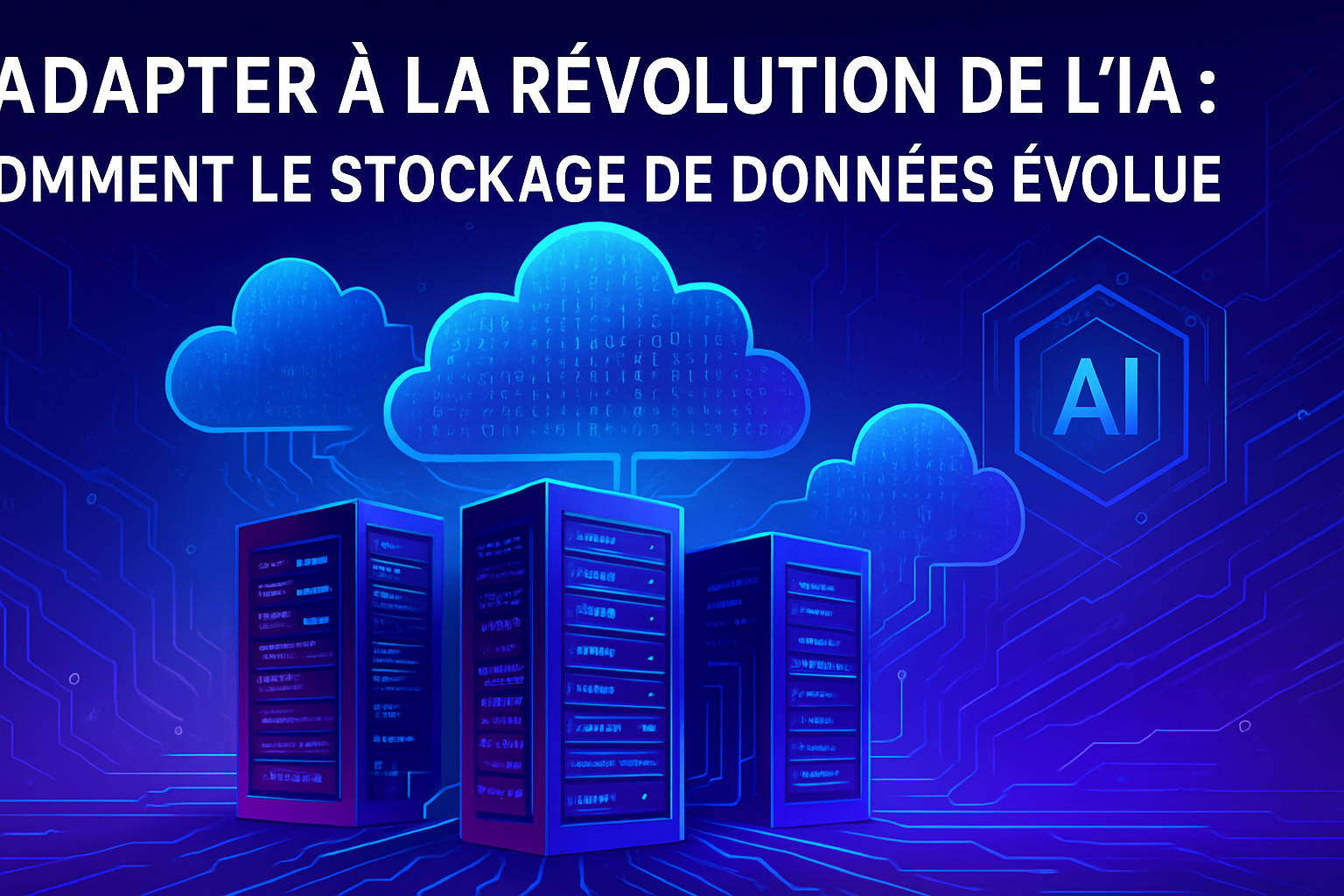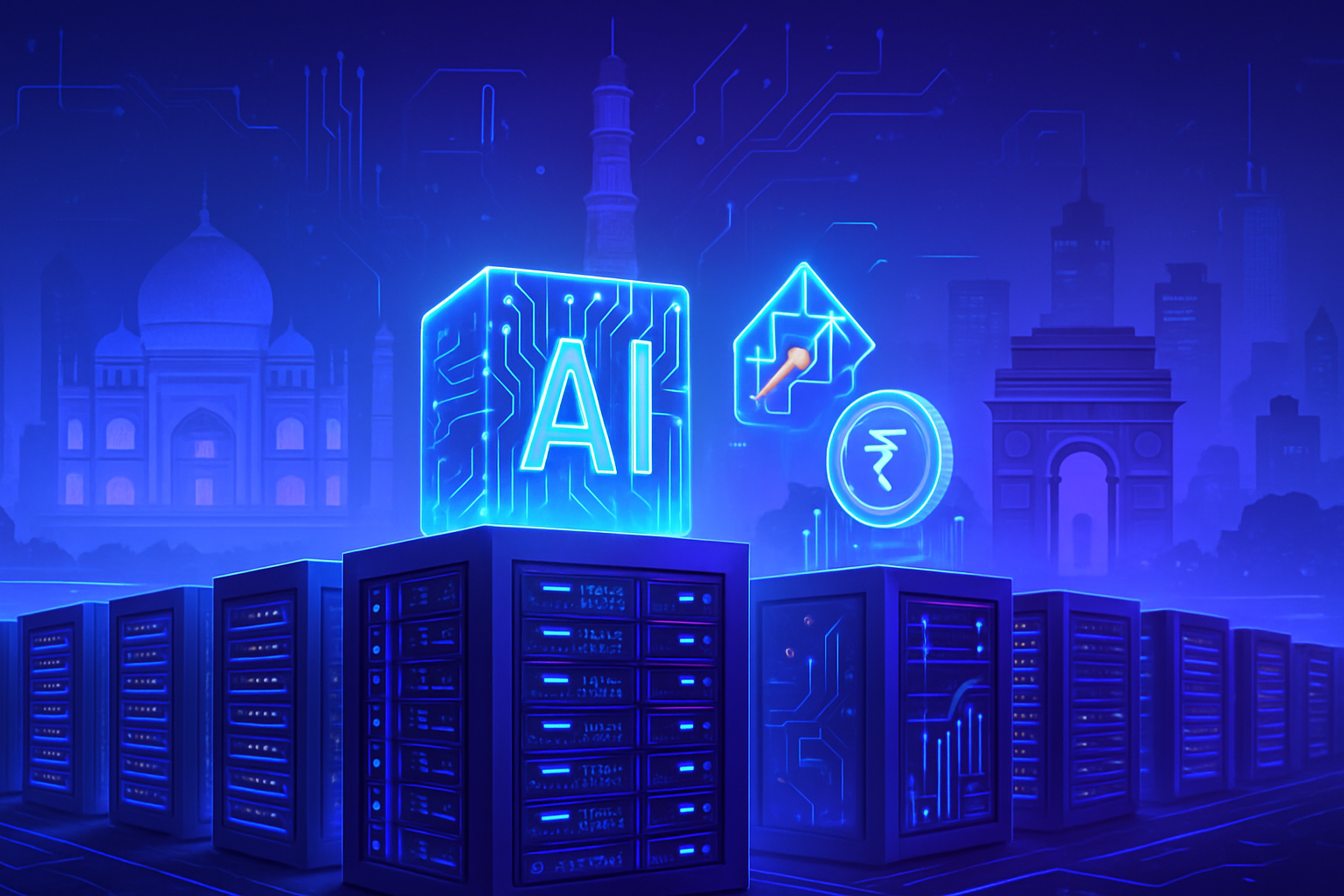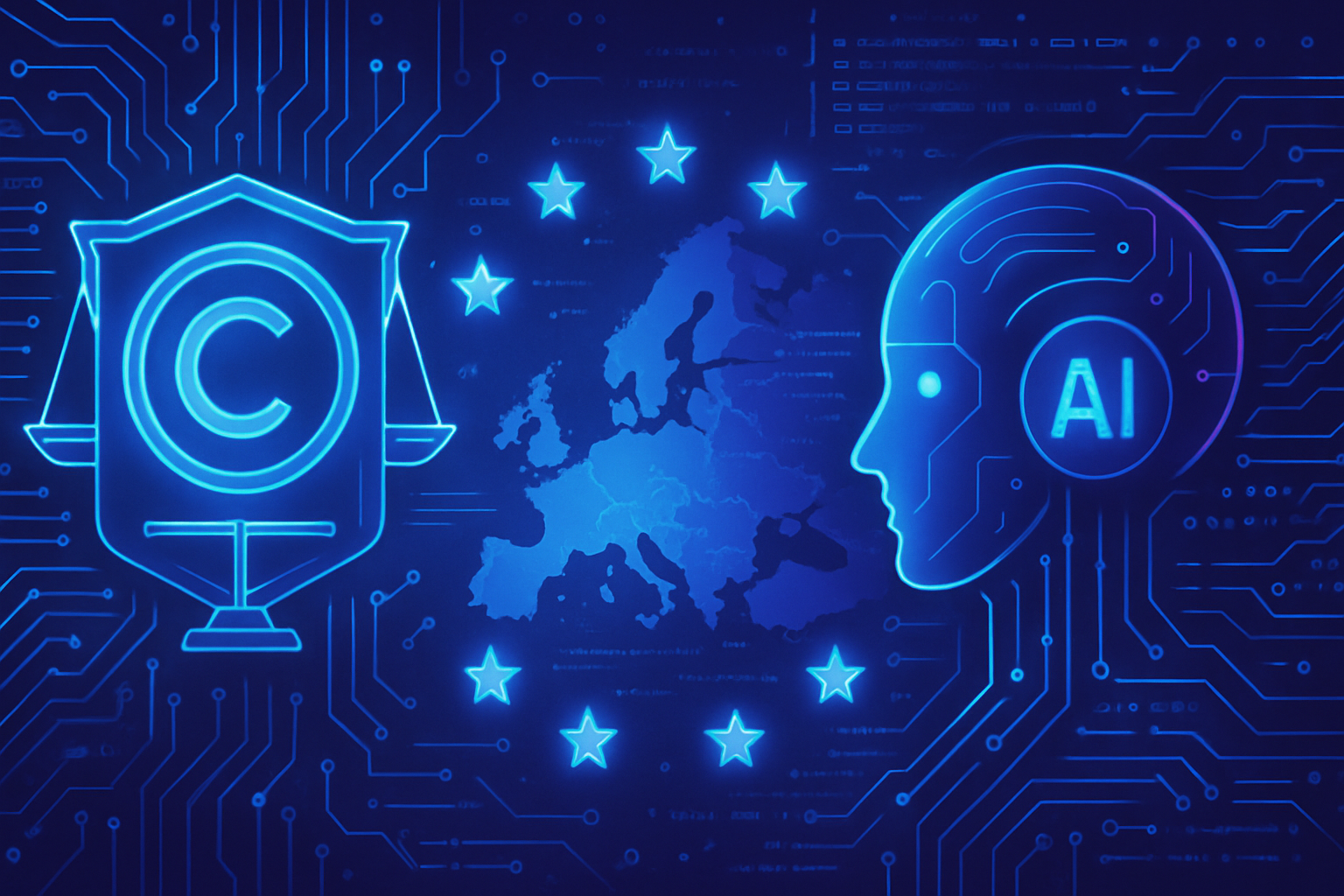The AI revolution is radically transforming the data storage landscape. A new era is upon us, requiring systems capable of managing enormous volumes of data in real time. The legacy of traditional methods no longer meets the growing demand of advanced technologies. The complexity of contemporary storage systems hampers the performance of artificial intelligence solutions.
Companies must rapidly adapt to leverage the springs of AI, adopting agile and scalable infrastructures. An optimal synergy between storage and data processing is now crucial for innovation and remaining competitive.
Adapting to the AI Revolution
The revolution in artificial intelligence (AI) is transforming how companies manage their data. Traditional storage systems, designed to handle simple requests, are showing their limits in face of the requirements of modern AI systems. The latter, articulated around millions of agents, require simultaneous access and processing of massive volumes of data.
Complexity of Storage Systems
Classic storage solutions often find themselves overwhelmed by layers of complexity. Each piece of data requires a passage through multiple levels before reaching the graphic processing units (GPUs), essential for the performance of AI systems. This journey generates slowdowns that hinder the rapid processing of data.
Cloudian and Its Response to Demand
Cloudian, co-founded by Michael Tso and Hiroshi Ohta, offers a storage architecture suited to this revolution. Their scalable systems allow for a smooth flow of data between storage and AI models. Thanks to parallel computing technologies, Cloudian greatly simplifies data management for companies. Their solutions enable direct and fast transfers between storage, GPUs, and central processing units (CPUs).
Optimization of AI Performance
Advancements made in data storage directly influence the effectiveness of AI tools. Cloudian offers a storage foundation that aligns with the “network effect,” valued by Tso. Increasing data volumes is not enough; storage methods must be optimized to be close to computation. The ability to integrate computing functions into the storage system is a major asset to meet the performance demands of AI tools.
The Evolution of Practices
New practices are emerging in data management. Tso, as an expert, emphasizes that data creation is distributed across various points, and each source imposes a cost in both time and resources. The current architecture, more distributed, forces moving the cloud closer to where data is generated, adding unprecedented efficiency.
Concrete Applications of Cloudian
The versatility of the Cloudian platform is evident among nearly 1,000 global clients, ranging from large manufacturers to government agencies. For example, one of the major automotive manufacturers uses AI to determine the optimal time for maintenance of its manufacturing robots. Collaborations with institutions such as the National Library of Medicine and the National Cancer Database allow for the storage of essential datasets for medical research.
Benefits of Vector Databases
Cloudian recently expanded its offering through vector databases. This infrastructure allows for data storage in a form immediately exploitable by AI models. In real time, the platform converts data into vectors while performing essential calculations to power advanced tools like recommendation engines or virtual assistants.
Strategic Partnership with NVIDIA
A strategic partnership between Cloudian and NVIDIA enables the integration of storage systems directly with GPUs. This collaboration ensures unprecedented operational fluidity, significantly reducing computing costs. Tso highlights a significant trend: it is becoming more practical to move AI closer to the data rather than the other way around. This demonstrates the importance of an infrastructure that alleviates processes between storage and computing.
Cloudian views AI as the ultimate use of data. Storage becomes an indispensable lever to maximize the potential of AI across various industries.
The new data processing capabilities at Cloudian respond to the growing demand for innovation, as AI asserts itself as the future of enterprise solutions.
Storage solutions tailored to AI are set to become a standard for optimizing performance, regardless of the sector. Cloudian positions itself as a key player revolutionizing data management in the era of artificial intelligence.
Frequently Asked Questions about Adapting Data Storage to the AI Revolution
How do traditional data storage systems handle the demands of artificial intelligence?
Traditional data storage systems are often too slow and complex to handle the enormous volumes of data generated by AI systems, as they were designed for simple queries. This creates bottlenecks when data must pass through multiple layers before reaching graphic processing units (GPUs).
What solutions does Cloudian offer to improve data storage in the age of AI?
Cloudian provides a scalable storage platform that reduces complexity by integrating parallel computing. This allows for more efficient management of datasets while facilitating the flow of data between storage and AI models.
Why is efficient data storage essential for artificial intelligence?
Efficient storage is crucial because AI requires enormous amounts of data to operate optimally. Without quick and smooth access to data, the performance of AI systems can stagnate, limiting their ability to learn and improve.
What is the difference between object storage and traditional storage systems?
Object storage allows for managing large amounts of unstructured data more efficiently by storing each file with unique metadata. This simplifies data processing for AI systems, unlike traditional storage systems, which require copying data into memory before processing.
How does Cloudian facilitate the integration of GPUs for AI operations?
Cloudian has developed a storage system that works directly with GPUs, making it easier to process data at high speeds. This optimizes the use of GPUs by ensuring they are always fed a constant stream of data.
What are the practical applications of this evolution in data storage in businesses?
Companies, such as large manufacturers or health organizations, use advanced storage solutions for various tasks such as predictive maintenance of robots, management of DNA sequences for research, and analysis of massive data to derive strategic insights.
What trends are emerging in the field of data storage to adapt to AI?
Trends include the transition to distributed cloud infrastructures, the integration of vector databases for quick access to data, and the use of storage solutions that allow for preprocessing data close to the collection point.






